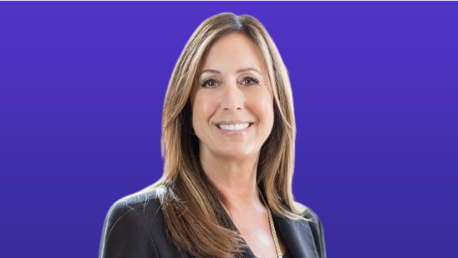Before working with Shift, Kamala Wedding spent more than 20 years fighting fraud at one of the largest insurance organizations in North America. Today she is on the Customer Success team for Shift Technology, overseeing the close working relationship we have with our customers. Her experience fighting fraud helps her team provide ongoing support and guidance around business strategy and transformation topics, ensuring that customers are happy with (and successfully adopt) our product.
Let me start by asking you about what you’re most passionate about in your area of expertise.
So, my area of expertise is P&C and network fraud – that is, detecting organized fraud rings. I’m passionate about it because I’m endlessly amazed by the lengths people will go to commit fraud – and I’m astonished by how sophisticated the organized fraud rings have become. Fraudsters are creative, well-versed in insurance practices, and they view their activities as a victimless crime.
I get a great sense of personal satisfaction from figuring out how fraud works, and using technology to quickly identify suspicious claims and make investigations more efficient.
How did you get started in fraud detection?
It definitely wasn’t part of my plan. I originally earned a degree in criminal justice and was planning to work in law enforcement. Insurance investigation was supposed to be a stop along the way, but Farmers convinced me to stay for the long haul. I loved the opportunity to connect with customers, bite into complicated problems, and ultimately develop the anti-fraud strategy for the company.
What do you consider to be your biggest career accomplishment?
Breaking through the glass ceiling. I started as an investigator and worked my way up, eventually becoming the first woman SIU director at Farmers. I was able to make a big difference during my time in that role, coming up with new processes and generating real efficiency gains. I eventually achieved a significant reduction in investigation costs per claim by deploying new tools, processes, and technologies.
Based on all that you’ve learned, what are the biggest challenges facing the SIU?
Changing customer expectations. Policyholders want to settle claims quickly, which means that insurers want to do the same, often using technology such as automation and artificial intelligence. The SIU needs to be aligned with these expectations, which means finding ways to identify and investigate suspicious claims both quickly and efficiently. The best way to accomplish this is by finding and using up-to-date technology that’s specialized to their needs.
There’s also your strategy to consider. Do you focus investigators on individual suspicious claims or wider fraud networks? Going after fraud networks can take more experience, and can generate a much bigger bang for the buck compared to handling a large volume of individual claims.
The last thing is that the time you spend investigating fraud directly impacts claims processing speed. You’re going to be pressured towards faster investigations, especially if you’re mostly investigating claims on the small side. This will also have an impact on your overall KPIs.
How do you think Shift can help the SIU overcome these challenges?
So, I think that the answer to the SIU’s dilemma is to become better at tracking down network fraud. You can recover a lot of fraudulent payments – or at least prevent a lot of future payments – even from taking down a single network of bad actors. If you can decrease the time it takes to do that, you can stack up a lot of wins quickly.
This is easier said than done. It’s hard to find a substitute for experienced mentorship in terms of the SIU, and what we’re also finding is that some top talent is retiring without being replaced. It has become harder to gain the skills you need to investigate organized fraud networks.
What Shift provides is a bit of a cheat code. An experienced fraud investigator can glance at a list of claims representing individual bad actors and then tell you why they’re all connected. Claims Fraud Detection can also do that – literally look at a list of claims and tell you that they have the same friends in common on social media, that they live in the same neighborhood, that they have relatives in common. It can also tell you why these connections are suspicious. This is information that you’d have to go digging for on your own, but Shift just gives it to you. All you have to do is check its work.
Did Kam's story pique your interest? Do you want to learn how her expertise helps insurers navigate the future? If so, contact us to set up a conversation with Kam or any of Shift's other subject matter experts.


